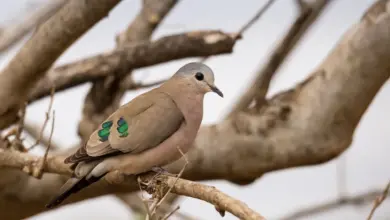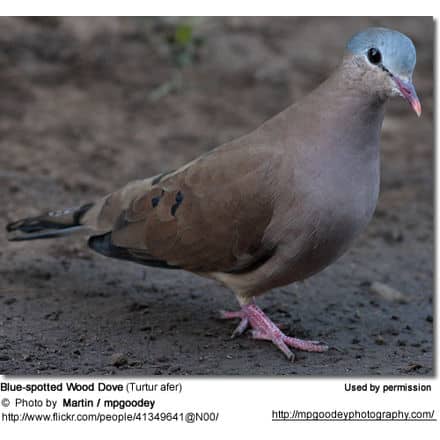Common Finch Diseases
The most common cause of feather loss in finches is stress. If you want to know more about the Finch Diseases, visit Beauty of Birds and get all the information.
Index of Bird Diseases … Symptoms and Potential Causes … Bird Health Care … Glossary of Avian Medical Terms … Medications Used in Avian and Exotic Medicine and Pharmaceutical Terms … How to administer oral medications to a bird
Feather Loss:
Stress:
The most common cause of feather loss in finches is stress.
Is there another bird that is harassing him or her? If so, then separating may help. Rivalry can particularly occur during the breeding season.
Other than external factors, it could also be malnutrition that is causing stress on a bird’s system. The recommendations then are to improve diet (a good quality dry finch mix, egg food, such as mashed boiled egg with the shell, grated carrots, greens like cucumber, cabbage, and herbs, etc. – more info on this page: /finchcanaryfood.htm …
increase sunlight exposure (to naturally increase Vitamin D, also known as the sunshine vitamin)
Parasites:
If several birds were losing feathers, one would suspect a possible worm and/or protozoal infections, which would need to be treated. Less likely if it’s only one finch.
Iodine deficiency:
Particularly common in Australian finches, but not exclusively so. Iodine is required for the proper functioning of the thyroid gland. Iodine deficiency can result in poor feather condition, difficulty molting, breathing, and infertility problems. Particularly Australian finches (such as Gouldian’s) have a higher requirement for iodine. Iodine can be provided by adding grated cuttlebone on their greens, sprouted seed or egg food supplements. Oyster shell is another great source of iodine. If natural food sources are not enough, then the next step would be to supplement with Liquid Iodine, Natra-Kelp or Powder Kelp. However, natural food sources are always safest and should be fed first, before using supplements. The balding pattern in most cases on the head. If after 3 weeks of supplementing the feathers are not coming back, iodine deficiency is not the cause.
Hormonal / Breeding:
Feather loss can also be caused by hormonal problems in hens or breeding birds out of season.
Feather Loss from Head– Feather mites or aggression by other birds in its environment.
Other Disease Symptoms:
Respiratory Signs, Chronic Depression, Weightloss: Aspergillosis (fungal disease), bacterial infections/pneumonia, nutritional deficiencies (Hypovitaminosis A), air sac mites (Gouldian Finches), upper respiratory tract infections (bacteria, mycoplasma), Polyoma Virus or inhaled toxins.
Genetic Diseases – Affecting primarily mutation and/or in-bred finches (Gouldians / Zebras)
Masses on Legs and Feet (Scaly Leg Disease) – can be caused by Knemidokoptes mites (especially European Golf Finches), swelling from strangulated fibers or insect bites.
Eye Problems / Conjunctivitis: Herpes virus infection; Mycoplasmal Conjunctivitis or Blepharitis
Scaly Face Mites
Scaly Legs – Knemidokoptes mites, but may also have genetic or nutritional
Droppings:
- Seed in Droppings – Cochlosoma infections, Vitamin E or selenium deficiency, enteritis, lack of grit.
- Voluminous White Droppings – Campylobacteriosis, pancreatic insufficiency
Further Finch Reading
- Finch Information
- Index of Finch Species
- Photos of the Different Finch Species for Identification
- Common Health Problems of Finches
- Finch / Canary Diet / Nutrition
NEED A VET?
USA: Find Your Local Avian Veterinarian
Information contained on this website is provided as general reference only. For application to specific circumstances, professional advice should be sought.



